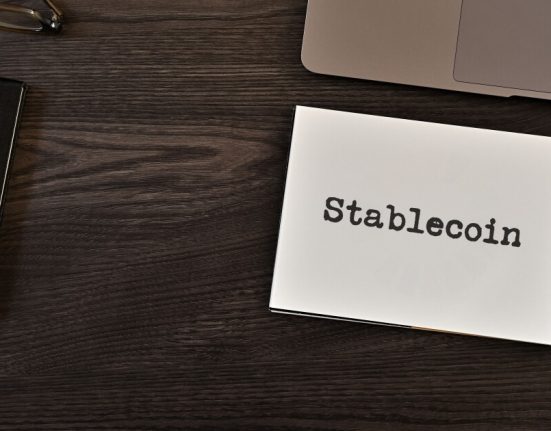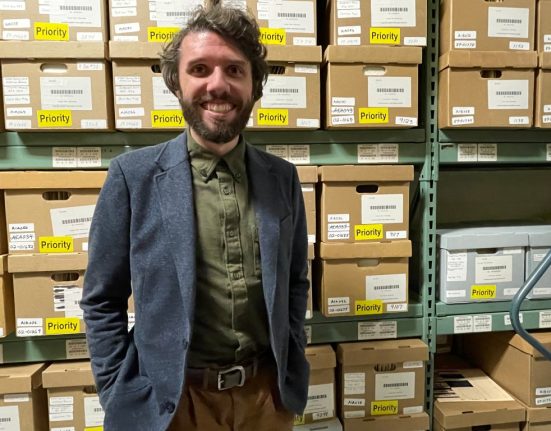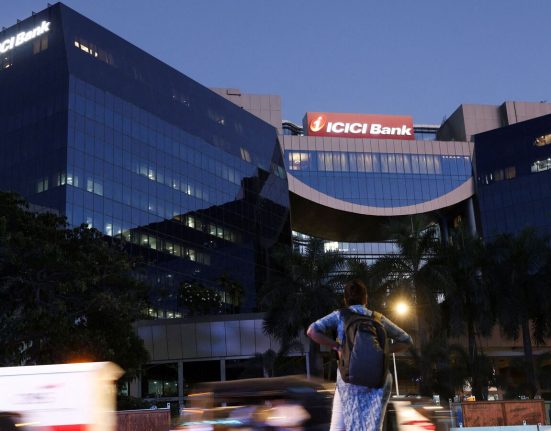Semiliquid funds offer investors greater access to private markets than mutual funds and exchange-traded funds, but we assess these funds’ investment processes in much the same way. There are a few key factors that deserve closer attention in semiliquid structures, like how managers value their holdings, share information, and find opportunities to put money to work. Paramount to a semiliquid fund’s process, though, is how managers control liquidity risk.
In early September, our manager research team will launch its first set of Morningstar Medalist Ratings for semiliquid funds. Like mutual funds and ETFs, we evaluate them on key factors such as investment process, management, performance, and fees but adapt our established approach to the unique characteristics of semiliquid structures. In this article, we’ll explore the key role of the investment process. We also examine performance, management, parent firms, and fees in related articles.
The Levels of Liquidity Risk
The promise and peril of semiliquid funds lie in their ability to give investors access to less liquid or illiquid assets. These semiliquid funds need to meet investor redemptions only on a periodic basis, which frees them to own assets that trade infrequently, if at all.
So, there are two levels of liquidity risk: how frequently and how much funds let investors withdraw, and how easy or difficult funds’ underlying holdings are to trade.
There is also a spectrum of liquidity within these levels. Some semiliquid funds offer big redemption opportunities monthly, while others offer smaller redemption windows once or twice a year. Similarly, some semiliquid fund portfolios diversify across liquid and illiquid assets, while others own more of either one or the other.
Morningstar will examine the interplay of these various forms of liquidity when assessing semiliquid fund processes. A semiliquid fund with a more liquid portfolio, for example, should offer more redemption windows and/or allow larger withdrawals than those of competitors with much less liquid portfolios. If investors can get the same or similar portfolio in a more liquid fund type, such as an exchange-traded fund or mutual fund, then they should ask what they’re getting in return for giving up liquidity.
On the opposite side of the liquidity spectrum, funds that do direct lending, private equity, and secondaries should offer investors fewer redemption opportunities. Almost all direct lending semiliquid funds offer quarterly redemptions and cap withdrawals at 5% of assets. Private equity semiliquid funds typically open one or two redemption windows per year, also with a 5% cap. This makes sense, because while both direct lending and private equity are illiquid, the latter is much more illiquid. It would be hard and unwise for a semiliquid fund full of private equity to offer quarterly or monthly redemptions.
The Levers of Liquidity
The best semiliquid fund managers have thought deeply about managing their portfolios’ liquidity risk so they can always meet investor redemptions up to their expected caps, and they should be able to articulate their risk management philosophies and processes.
A lot goes into liquidity risk, such as used or unused leverage facilities, how much income dividend reinvestment programs generate or return to the fund, liabilities like unfunded commitments, and potential secondary markets in private assets. We’ll focus on two of the biggest factors Morningstar analysts will consider.
Average Life. Any asset has an expected life. For loans and bonds, this is the time between issuance and maturity, though it is often modified by refinancing. Equity’s expected life is forever, unless the business is sold or fails. You can roll the average life of a portfolio’s holdings up to derive an average life of the portfolio to estimate the lifespan of the portfolio’s typical holding. This, in turn, tells investors how much of the portfolio they should expect to convert into cash each year.
For example, a portfolio of direct loans may have an average life of three years. In three years, 100% of the portfolio will have turned over, or 33% each year. If a semiliquid fund converts 33% of its assets to cash every year, and it offers 5% quarterly redemptions (or 20% per year), then that fund should be able to meet its redemptions without needing to sell an asset. On the other hand, a private equity portfolio cannot rely on this process of assets regularly converting into cash.
These assumptions aren’t perfect, of course. Reality is lumpier. Average lives also tend to fluctuate with the broader market environment and risk appetite. But it is a good starting point to measure portfolio liquidity.
Liquidity Bucket. Semiliquid funds that invest in private or other illiquid assets often keep some of their portfolios in a “liquidity bucket” of assets they can easily convert into cash. These buckets can include public corporate bonds, mortgage-backed securities, Treasuries, ETFs, public equities, and even broadly syndicated bank loans. Because semiliquid funds have a few weeks between when they announce a redemption and when they have to pay back investors, the liquidity bucket doesn’t need to include assets that can be converted into cash instantly or within days.
The rub is most liquidity bucket assets have more-modest expected returns, which highlights a central tension: the larger a semiliquid fund’s liquidity bucket, the easier it can meet redemptions, but the lower its expected return compared with rivals with smaller, or no, liquidity buckets.
Liquidity buckets can also run out. A bucket of 20% is good enough to manage four quarterly redemptions of 5% each (assuming the value of assets in the bucket remain unchanged). But what happens when persistent outflows eat through the liquidity bucket?
Final Thoughts
A major focus of Morningstar’s Process rating for semiliquid funds is how good the match is between fund- and asset-level liquidity and how a manager handles outflows. These are not theoretical concerns, as the interval fund market has already experienced a few liquidity events in which funds have had to take extreme measures to preserve investors’ capital.







